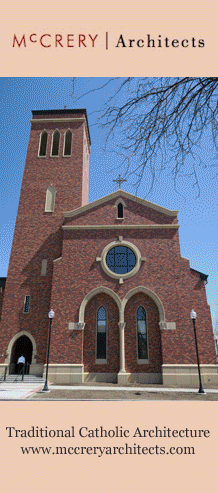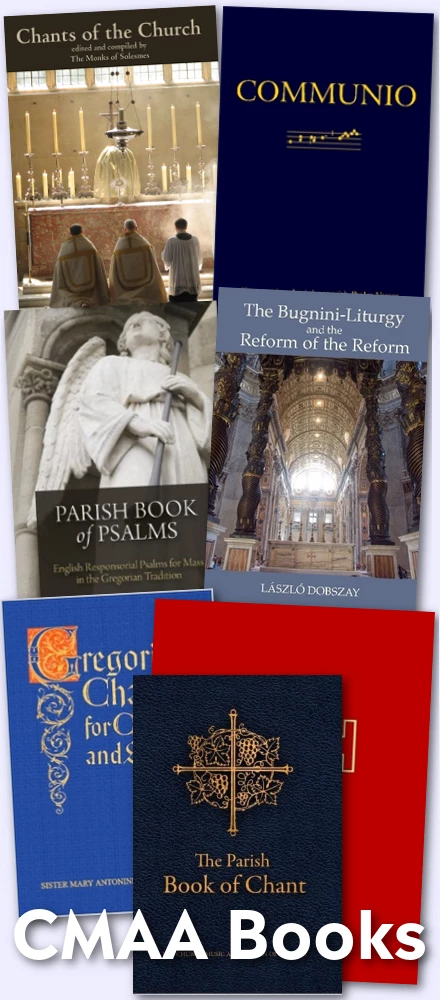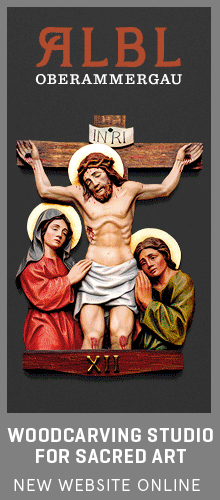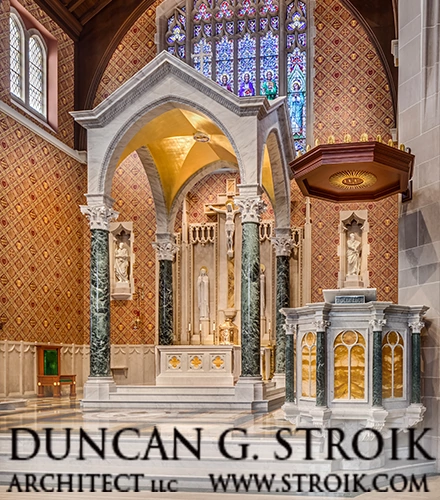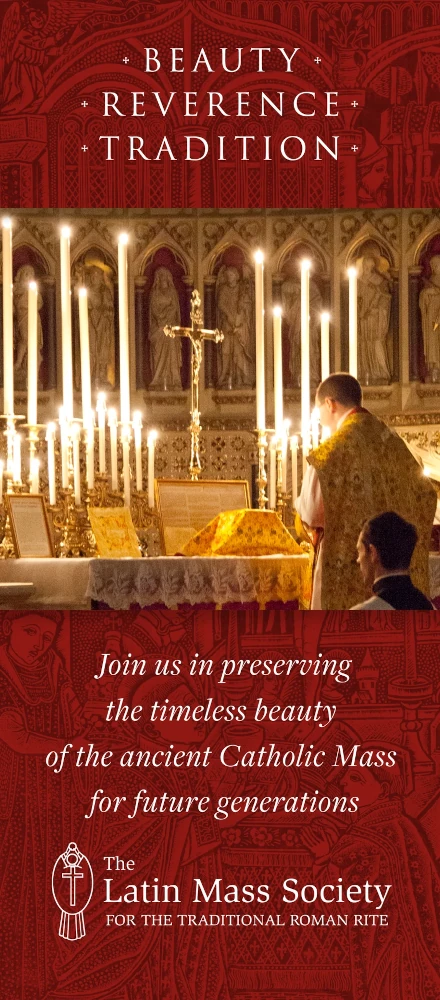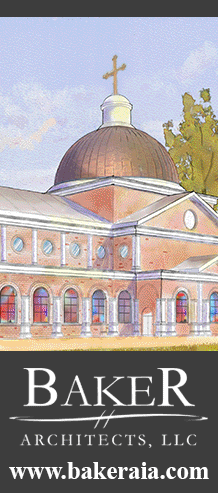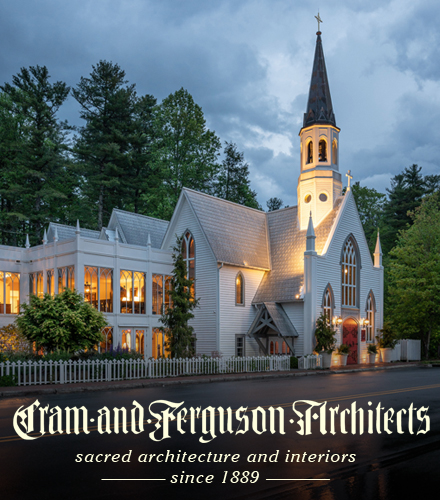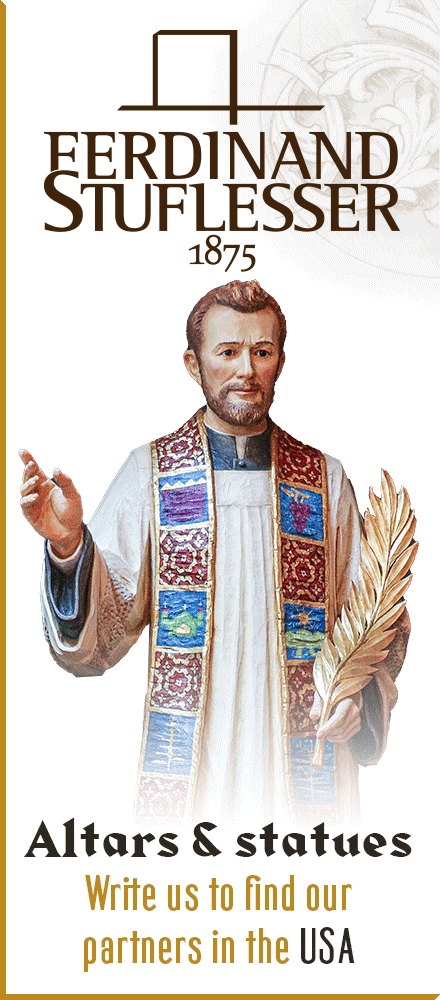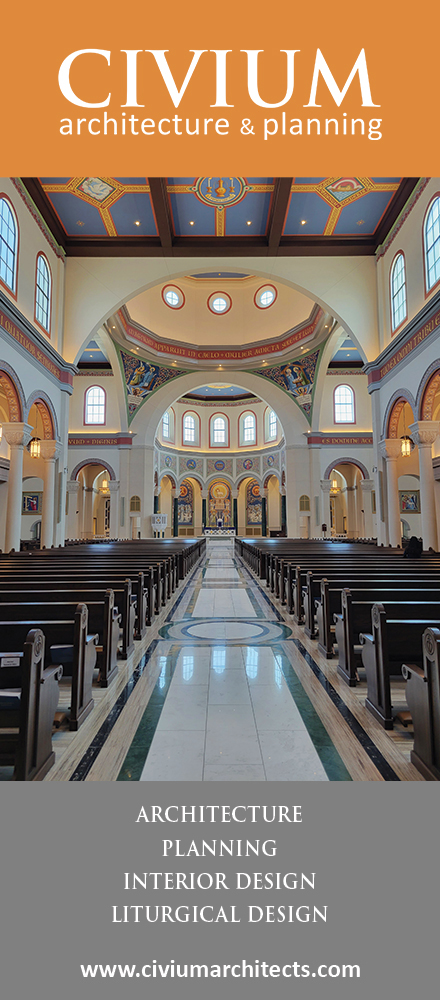 I don’t like to assume too freely that providence is on my side, but the arrival of the St Catherine’s Trust Summer School in Sussex, south of London, two years ago goes beyond ordinary serendipity. Having managed to book a venue in Somerset thanks to a cancellation in 2005 for our first Summer School, we were back at the drawing board for 2006, since the first venue couldn’t accommodate us again. English Schools who let out space in the Summer holidays get booked year after year by the same clients, mostly language schools, so breaking in is not easy.
I don’t like to assume too freely that providence is on my side, but the arrival of the St Catherine’s Trust Summer School in Sussex, south of London, two years ago goes beyond ordinary serendipity. Having managed to book a venue in Somerset thanks to a cancellation in 2005 for our first Summer School, we were back at the drawing board for 2006, since the first venue couldn’t accommodate us again. English Schools who let out space in the Summer holidays get booked year after year by the same clients, mostly language schools, so breaking in is not easy.
We ended up, by sheer chance, in a remarkable High Anglican establishment, with an enormous Chapel and breathtaking views, in Sussex. And as chance would have it, this place is a short drive from the diocesan Shrine, Our Lady of West G
Sussex was one of those English counties which until that year I simply did not know. It was the long-term home of Hillaire Belloc, where he fulfilled his desire to grow old:
A lost thing could I never find,
Nor a broken thing mend:
And I fear I shall be all alone
When I get towards the end.
Who will there be to comfort me
Or who will be my friend?
I will gather and carefully make my friends
Of the men of the Sussex Weald;
They watch the stars from silent folds,
By them and the God of the South Country
My poor soul shall be healed.
Belloc is buried in the graveyard at West Grinstead (see picture), which was an important ‘safe house’ for Catholic priests in penal times, and became the first church in England to have a solemnly crowned statue of Our Lady, when the present fine church was built and it was established as a shrine. So in addition to the Shrine of ‘Our Lady of Consolation’, a title established in Turin, Fr Goddard looks after a ‘Secret Chapel’ (see picture), once concealed in a hay loft, and a number of relics of the English martyrs, including a letter written by Blessed Francis Bell, before his capture and execution in 1643. The other famous, or infamous, fact about Sussex’s religious history, is that the town of Lewes keeps up the tradition of burning an effigy of the Pope on November 5th. Since Lewes is also a short distance from our Summer School, we made a visit there this year as well, and I thought I’d better read up about the place. The Lewes Pope-burners will tell you, with some pride, that Lewes was the scene of no fewer than seventeen executions of Protestants under Queen Mary Tudor. (Or rather, as they would say, ‘Bloody Mary’).
The other famous, or infamous, fact about Sussex’s religious history, is that the town of Lewes keeps up the tradition of burning an effigy of the Pope on November 5th. Since Lewes is also a short distance from our Summer School, we made a visit there this year as well, and I thought I’d better read up about the place. The Lewes Pope-burners will tell you, with some pride, that Lewes was the scene of no fewer than seventeen executions of Protestants under Queen Mary Tudor. (Or rather, as they would say, ‘Bloody Mary’).
The reason so many were burnt there is not easy to reconstruct, but there does seem to have been greater enthusiasm for the religious changes under the previous reigns in the area, than in many parts of England. (Oxford, naturally, was staunchly opposed!) This in turn may have been related to a legal peculiarity: although Lewes is well inside the diocese of Chichester, a swathe of Sussex, including part of the outskirts of Lewes, had been given to the Archbishop of Canterbury, and was known as the Archbishop’s ‘Peculiar’. So by crossing the bridge, in Lewes, it was possible to leave the jurisdiction of Chichester and enter that of Canterbury, a fact which may have made the place popular with Lollards trying to escape the authorities of either diocese in the fifteenth Century. The enthusiasm of hard-core Protestants for the holy men of past centuries, like the enthusiasm of evangelicals for miracles, is an historically recent phenomenon. Alongside the Reformation polemic against ‘feigned miracles’, there was an attack on the cult of saints, especially non-Biblical saints. A Protestant worthy of the name may admire and imitate his predecessors, but he can’t ask them to pray for him, think that God will grant favours to those who keep alive their memory, or regard the place of their death—or any other place—as one to be especially honoured. But, somehow, the cult of the martyrs has crept into the Protestants of Lewes, the most extreme of whom have joined Ian Paisley’s form of Presbyterianism, and who remember the Protestants of Queen Mary’s time by burning Pope Paul IV in effigy.
The enthusiasm of hard-core Protestants for the holy men of past centuries, like the enthusiasm of evangelicals for miracles, is an historically recent phenomenon. Alongside the Reformation polemic against ‘feigned miracles’, there was an attack on the cult of saints, especially non-Biblical saints. A Protestant worthy of the name may admire and imitate his predecessors, but he can’t ask them to pray for him, think that God will grant favours to those who keep alive their memory, or regard the place of their death—or any other place—as one to be especially honoured. But, somehow, the cult of the martyrs has crept into the Protestants of Lewes, the most extreme of whom have joined Ian Paisley’s form of Presbyterianism, and who remember the Protestants of Queen Mary’s time by burning Pope Paul IV in effigy.

The more I read about the religious history of Lewes, in a fascinating book called ‘Burn Holy Fire’, the more it seems to be a series of persecutions, mostly of one form of Protestantism by another. After Queen Mary died, Lewes was in the grip of Calvinists so strict that the they routinely left out parts of the Book of Common Prayer, much to the distress of some of their flocks. Having rejected Romish vestments, ministers refused to wear even a surplice. Having rejected Romish ritual, they refused to make the sign of the cross, even once, at baptisms. Under James I and Charles I this got clergy and like-minded laity into trouble—a man was p rosecuted for wearing a hat in church on Easter day; a woman for eating ‘the Sacrament’ with a piece of cheese. Communion tables in the naves were moved back to the East end wall, and altar rails were installed to keep dogs out of the sanctuary. In 1642, when the town passed into the hands of the Parliamentarians in the Civil War, the chief High Churchman of the place, Anthony Hugget, Rector of Cliffe, had to flee and hide under a bed, to escape the townsmen’s retribution. But Quakers continued to disrupt the services of any denomination so under the spell of Popery as to use what might be thought of as a consecrated church (‘spire houses’); and the local ‘Independents’ returned the favour by breaking up a Quaker meeting with pikes and guns.
rosecuted for wearing a hat in church on Easter day; a woman for eating ‘the Sacrament’ with a piece of cheese. Communion tables in the naves were moved back to the East end wall, and altar rails were installed to keep dogs out of the sanctuary. In 1642, when the town passed into the hands of the Parliamentarians in the Civil War, the chief High Churchman of the place, Anthony Hugget, Rector of Cliffe, had to flee and hide under a bed, to escape the townsmen’s retribution. But Quakers continued to disrupt the services of any denomination so under the spell of Popery as to use what might be thought of as a consecrated church (‘spire houses’); and the local ‘Independents’ returned the favour by breaking up a Quaker meeting with pikes and guns.
Huggett’s church in Cliffe, Lewes, St Thomas a Beckett, is still a bastion of the High Anglican tradition, and the Cliffe Bonfire Society still carry on their annual celebrations, and Catholics still find succour at West Grinstead down the road, as has been the case for four centuries. Sussex is indeed a good place for a history lesson.
Thursday, August 16, 2007
Catholic and Protestant Sussex
Joseph ShawMore recent articles:
Pope Leo XIVGregory DiPippo
Today, the Sacred College of Cardinals elected His Eminence Robert Cardinal Prevost, hitherto Prefect of the Dicastery for Bishops, as the 267th Pope and bishop of Rome; His Holiness has taken the name Leo XIV. He is the first American Pope, a native of Chicago, Illinois; he became a member of the Order of St Augustine in 1977, and served as the su...
The Basilica of St Victor in MilanGregory DiPippo
The church of Milan today celebrates the feast of the martyr St Victor, a Christian soldier from the Roman province of Africa, who was killed in the first year of the persecution of Diocletian, 303 AD, while serving at Milan under the Emperor Maximian. He is usually called “Maurus - the Moor” to distinguish him from the innumerable other Saints ca...
The Solemnity of St Joseph, Patron of the Universal Church 2025Gregory DiPippo
From the Encyclical Quamquam pluries of Pope Leo XIII on St Joseph, issued on the feast of the Assumption in 1889. It is providential that the conclave to elect a new pope should begin on this important solemnity; let us remember to count Joseph especially among the Saints to whom we address our prayers for a good outcome of this election. The spe...
Why the Traditional Mass Should Remain In LatinPeter Kwasniewski
In spite of attempts to suppress it, the traditional Latin Mass is here to stay. It may not be as widespread as it was in the halcyon days of Summorum Pontificum, but neither is it exactly hidden under a bushel, as the early Christians were during the Roman persecutions. In many cites, gigantic parishes run by former Ecclesia Dei institutes are pac...
An Illuminated Manuscript of St John’s ApocalypseGregory DiPippo
In honor of the feast of St John at the Latin Gate, here is a very beautiful illuminated manuscript which I stumbled across on the website of the Bibliothèque national de France (Département des Manuscrits, Néerlandais 3), made 1400. It contains the book of the Apocalypse in a Flemish translation, with an elaborately decorated page before each chap...
Gregorian Chant Courses This Summer at Clear Creek Abbey Gregory DiPippo
Clear Creek Abbey in northwest Oklahoma (diocese of Tulsa: located at 5804 W Monastery Road in Hulbert) will once again be hosting a week-long instruction in Gregorian chant, based on the course called Laus in Ecclesia, from Monday, July 14, to Friday, July 18. The course will be offered at three different levels of instruction:1) Gregorian initiat...
The Feast of St Vincent FerrerGregory DiPippo
The feast of St Vincent Ferrer was traditionally assigned to the day of his death, April 5th, but I say “assigned to” instead of “kept on” advisedly; that date falls within either Holy Week or Easter week so often that its was either translated or omitted more than it was celebrated on its proper day. [1] For this reason, in 2001 the Dominicans mov...
Good Shepherd Sunday 2025Gregory DiPippo
Dearest brethren, Christ suffered for us, leaving you an example that you should follow His steps; Who did no sin, neither was guile found in His mouth; Who, when He was reviled, did not revile. When He suffered, he threatened not, but delivered Himself to him that judged Him unjustly; Who His own self bore our sins in His body upon the tree: that...
The Gospel of Nicodemus in the Liturgy of EastertideGregory DiPippo
By “the Gospel of Nicodemus”, I mean not the apocryphal gospel of that title, but the passage of St John’s Gospel in which Christ speaks to Nicodemus, chapter 3, verses 1-21. This passage has an interesting and complex history among the readings of the Easter season. For liturgical use, the Roman Rite divides it into two parts, the second of which...
“The Angel Cried Out” - The Byzantine Easter Hymn to the Virgin MaryGregory DiPippo
In the Byzantine Divine Liturgy, there are several places where the priest sings a part of the anaphora out loud, and the choir makes a response, while he continues the anaphora silently. In the liturgy of St John Chrysostom, which is by far the more commonly used of the two anaphoras, the priest commemorates the Saints after the consecration and ...


